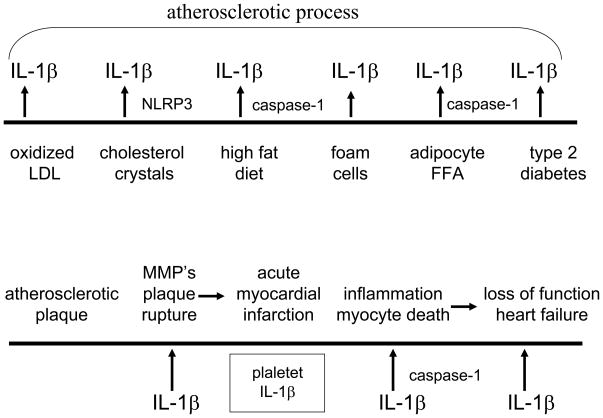Figure 3. Time-line for a role of IL-1β in heart failure.
Top. Left to right. The pathogenesis of atherosclerosis is affected by IL-1β production by oxidized LDL and cholesterol crystals as demonstrated in human monocytes. In animal studies, high fat diets, lipid laden foam cells and FFA from adipocytes have demonstrated a role for IL-1β. In animal models as well as in humans, IL-1β contributes to the loss of insulin-production beta-cells resulting in hyperglycemia and endothelial cell damage. Bottom. Left to right. The atherosclerotic plaque is at risk for rupture via IL-1β-induced matrix metalloproteases. Once the integrity of the plaque surface in lost, platelets initiate clot formation. IL-1β is released from activated platelets and contributes to the inflammation of the plaque via increased chemokines and inflammatory cells[96]. During the ischemia of the infracted myocardium, IL-1β induces myocyte cell death via a caspase-1 mechanism. With loss of myocytes, there is loss of function clinically termed heart failure. In patients surviving ST-elevated myocardial infarction (STEMI), administration of anakinra for 14 days improved myocardial function compared to placebo-treated patients [71]

